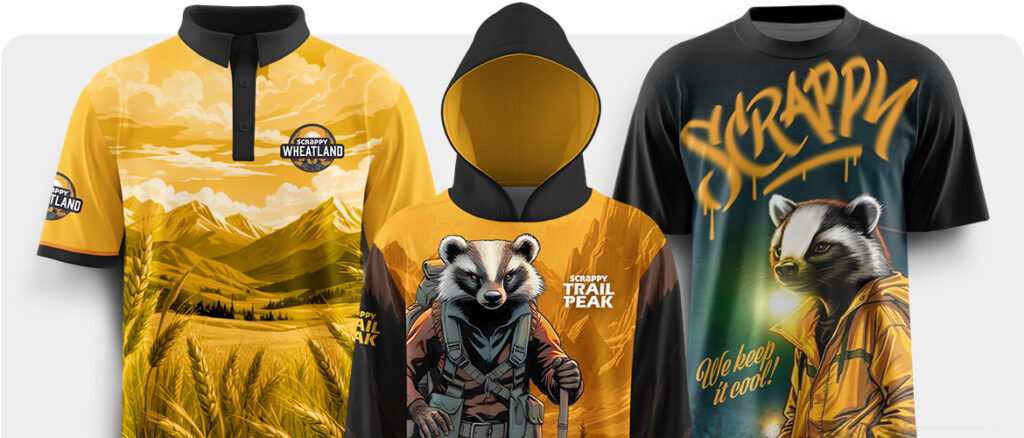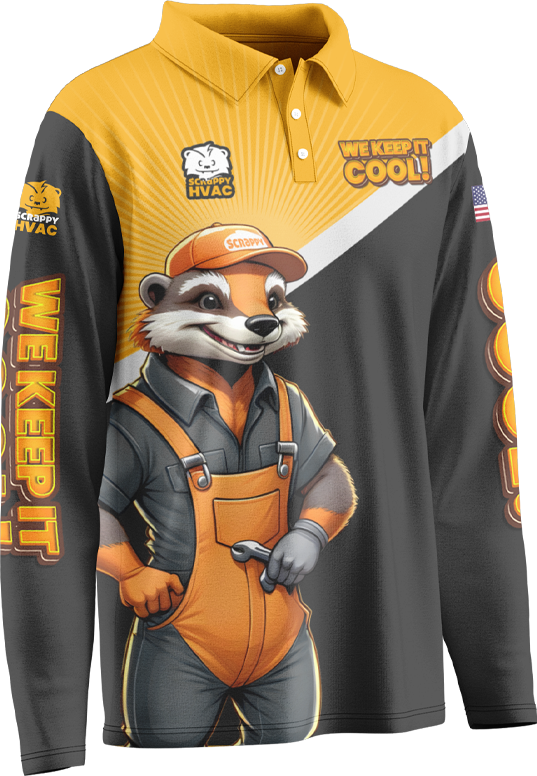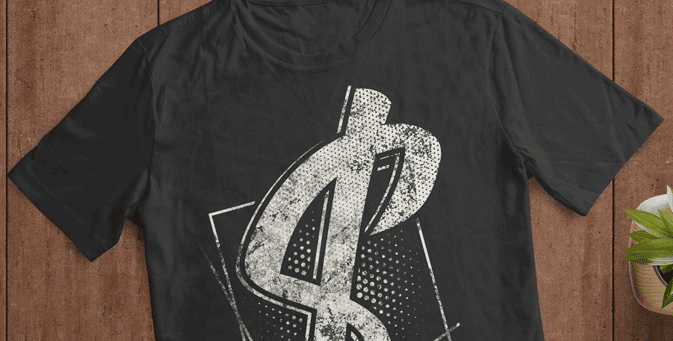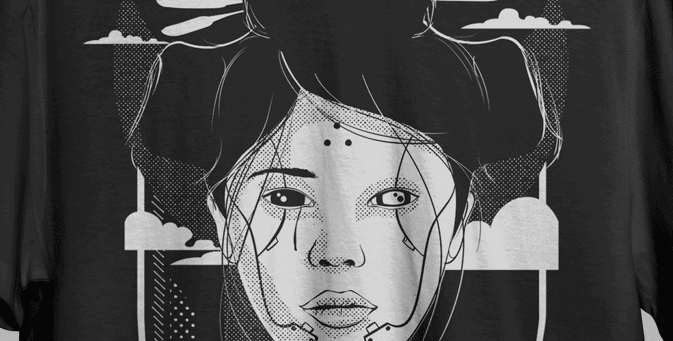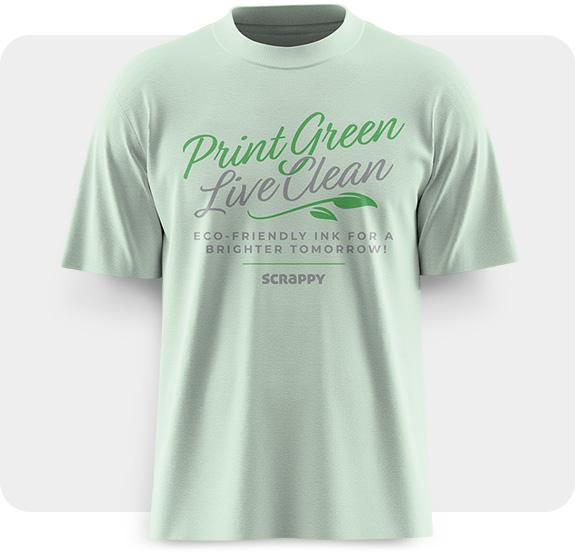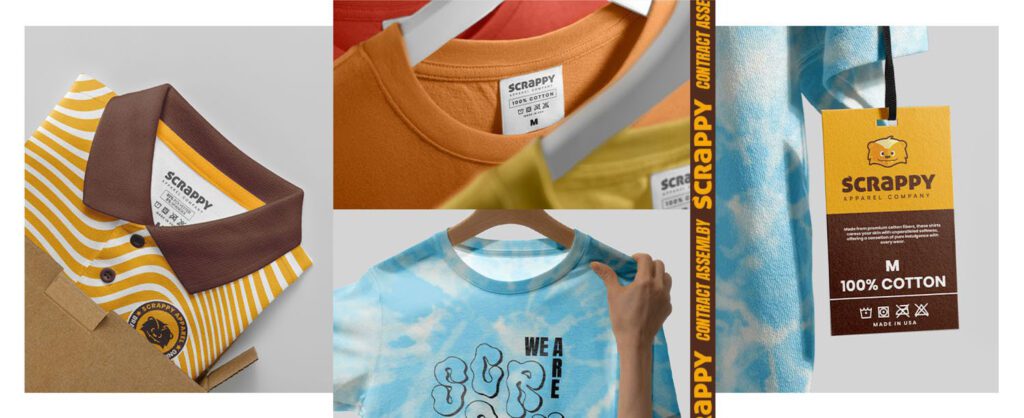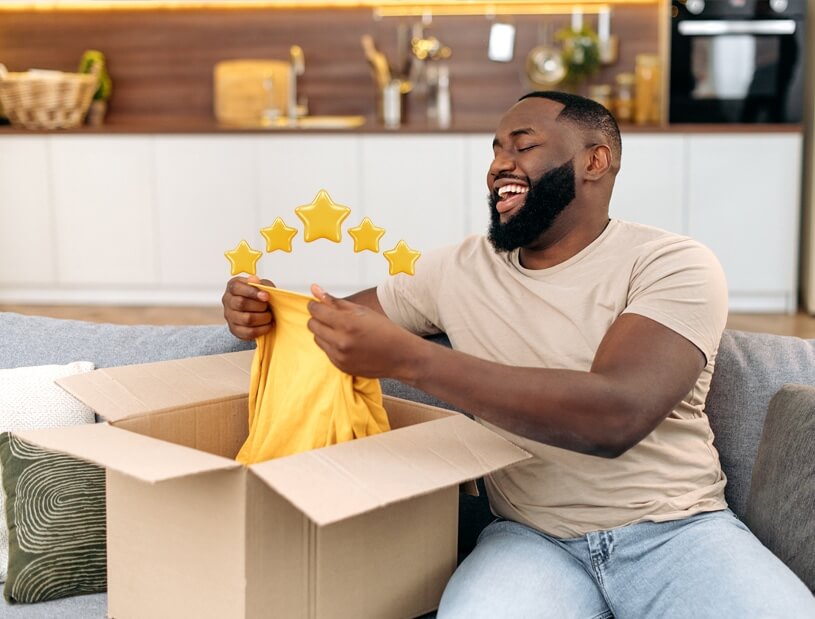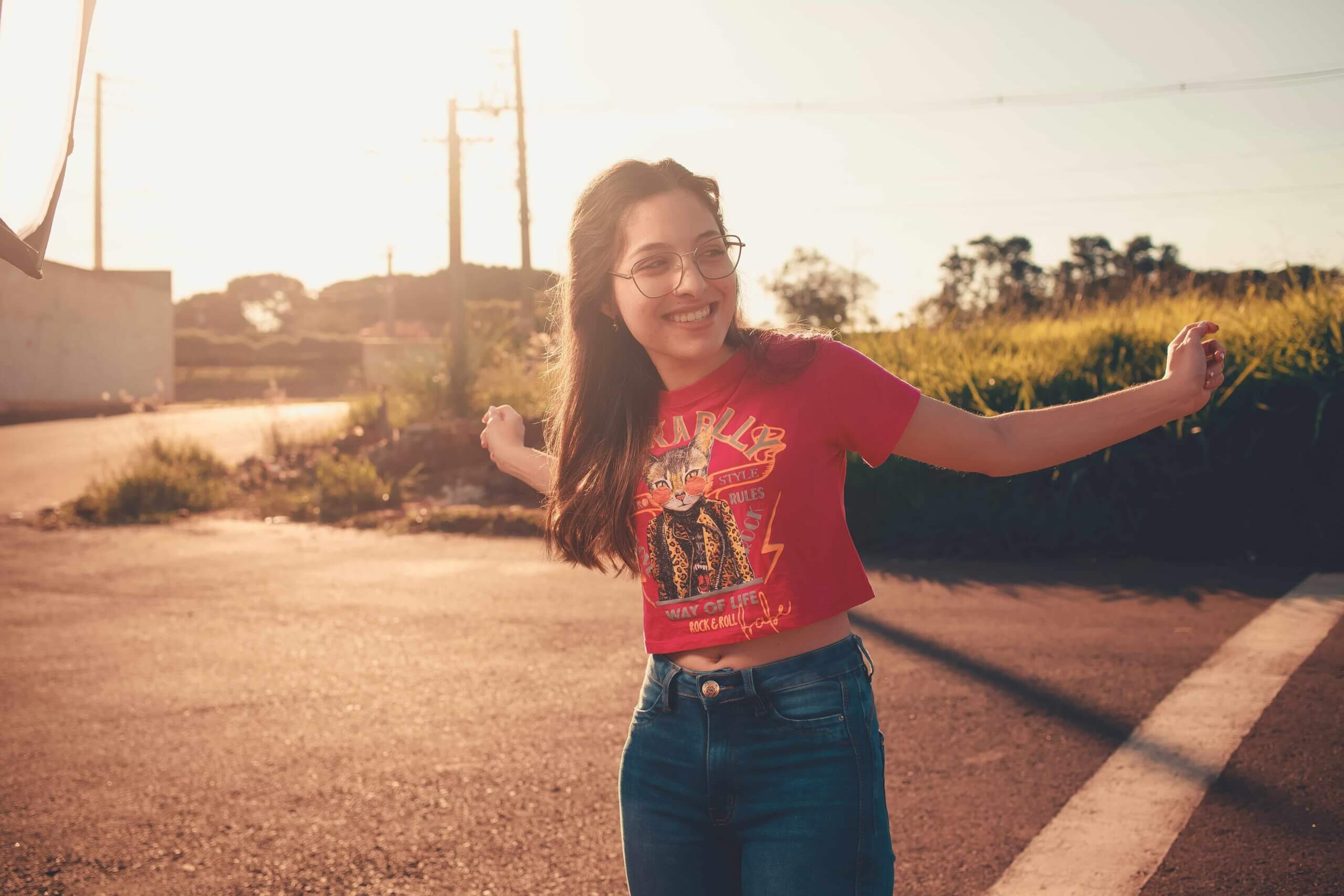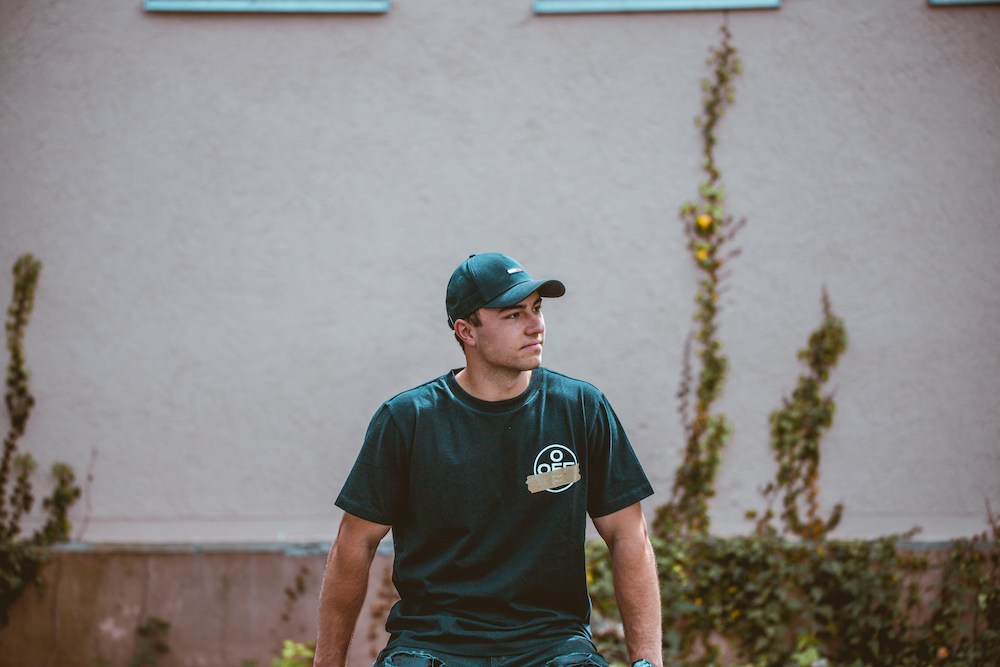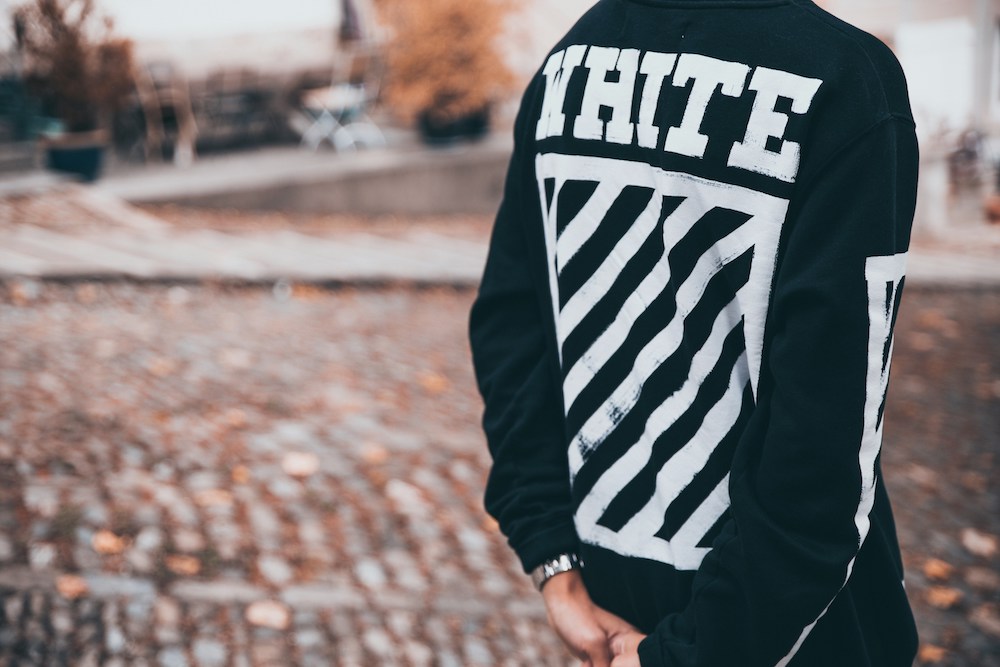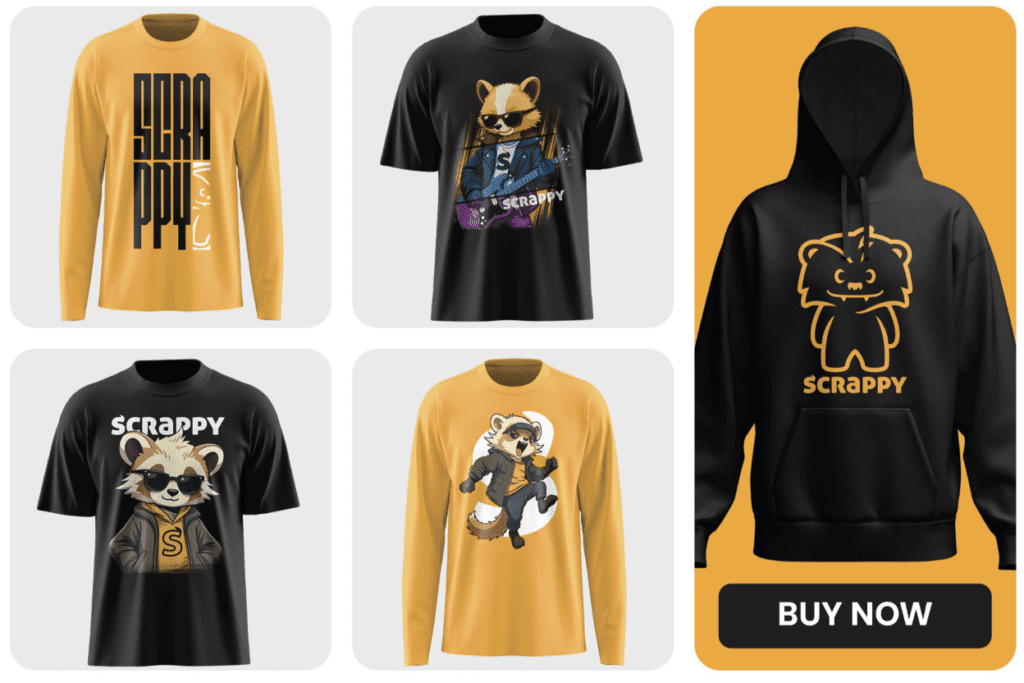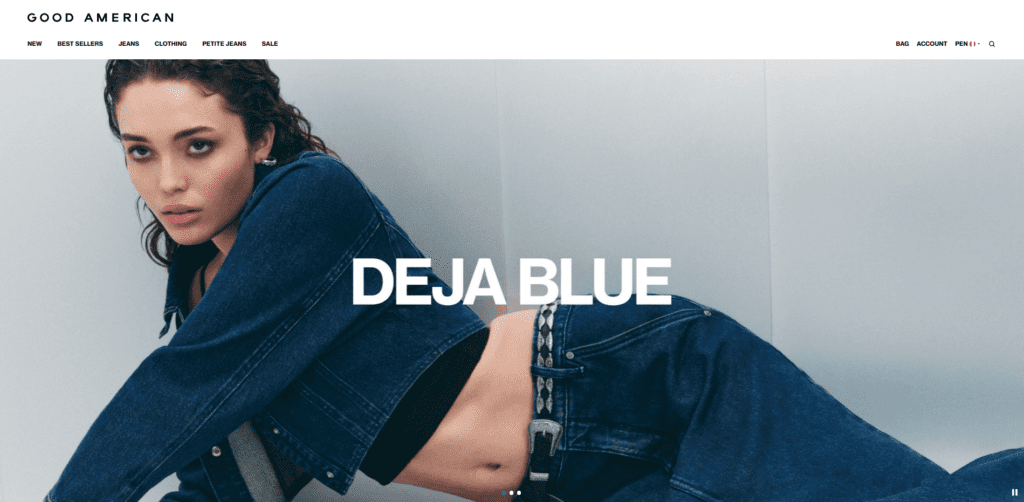From stadium kits to streetwear drops, sublimation is the secret behind some of 2025’s most share-worthy apparel.
Below we’ll unpack concrete, real-world examples of sublimation printing, and then dive into the latest trends and technologies that are currently reshaping this print method.
Along the way, you’ll get implementation tips, brand-value insights, and a clear roadmap for upgrading your own apparel line.
Manufacture Vibrant, Fade-Proof Garments With Scrappy Apparel

Why Sublimation Is Stealing the Show in 2025
Sublimation isn’t just another decoration trick, it’s a fundamental shift in how brands visualize, produce, and scale color on fabric.
The improvements in technology and the adoption of eco-friendlier chemistry have moved this process from niche to must-have when it comes to delighting customers and presenting your brand in the best way possible.
Here’s the quick-hit rundown before we deep-dive into the case studies:
- Color that doesn’t quit: Dye-sublimation turns solid ink into gas, bonding it deep into polyester fibers so your designs stay bold, vibrant, and peel-proof even after 50+ washes.
- Soft feel, all-day comfort: Because the print becomes part of the fabric, you get ultra-light, breathable garments with zero hand feel. Ideal for athletes, fans, or everyday wear.
- Unlimited creative control: From photo-real prints and neon fades to fine-detail patterns, sublimation covers every inch. No extra charges for extra colors, no design limitations.
- Scale on your terms: Digital workflows mean you can print one or ten thousand shirts with equal accuracy perfect for low-risk test drops or high-volume team orders.
- Eco-conscious by design: No water baths, minimal paper waste, and low-VOC inks give your brand a built-in sustainability story, one customers care more about every year.
Proven in the Field: Sublimation Wins That Show What’s Possible
NFL “Rivalries” Uniform Apparel Line
The NFL introduced a new annual “Rivalries” program, letting teams wear specially designed alternate uniforms up to four times each season.
Most of these alternates feature tonal gradients, color-blocking, and sleeve patterns that only sublimation can deliver, allowing creative storytelling with on-field flair.
Why it matters: Teams can connect jerseys to historic rivalries or local cultures, offering fans fresh merch without extra production risks.

Washington Wizards “Cherry Blossom” City Edition
The Washington Wizards embraced D.C. culture with a full-length Cherry Blossom City Edition jersey, complete with sublimated floral panels, pink-to-blue shorts, and blossom-dot details in the lettering and waistband.
The design celebrated the annual bloom and aligned with the Nationals’ own City Connect rollout, sparking excitement both on the court and in the fan shop.
Why it matters: Sublimation delivered seamless, fade-resistant color transitions and immersive storytelling rooted in local pride.
Team Vitality Pro Jersey Collection
Team Vitality just launched its Pro Jersey Series, designed specifically for tournament and fan drops. The sublimated kits include full-graphic prints, gradient fades, and player personalization options, all available through the official store.
This launch demonstrates esports organizations scaling design complexity and customization while fulfilling fan demand. Proving sublimation works at scale for niche, performance-led audiences.
Why it matters: Sublimation unlocked intricate, full-fabric art that reflects the team’s hive identity, resonating with both competitors and fans.
Why Teams Keep Choosing Sublimation
From game-day performance to merch table consistency, sublimation gives teams the edge where it counts most. Here are some additional reasons:
- One-and-done color integration eliminates alignment issues and underbase flashes that slow traditional dark-garment printing.
- Lightweight jerseys improve performance, critical for athletes chasing fractions of a second.
- Roster updates on the fly. Replace last season’s captain? Swap the CSV in your RIP software and print new nameplates tonight.
- Consistent fan merch. Pro shops sell identical designs— minus the sweat— turning every spectator into a walking billboard.
Event Merch That Doubles as a Memory
In 2025, the most effective event merch isn’t pre-packed. It’s made right in front of you.
Live sublimation stations are becoming event essentials. Guests personalize their gear (adding initials, selecting colorways, or choosing limited-edition graphics) and watch as operators bring it to life in seconds.
What starts as a branded shirt or hat becomes a complete experience.
Here’s why it works so well:
- It stops traffic: The process is visual, high-energy, and share-worthy—crowds gather, phones come out, and suddenly your booth becomes the main attraction.
- It adds emotional value: When people create something themselves, they’re more likely to keep it, wear it, and post about it.
- It boosts your Customer audience: Built-in touchpoints like QR entries or signup screens help you collect email opt-ins while customers wait for their gear.
Promotional Apparel That People Actually Wear
Corporate tees often are used once and then thrown at the bottom of a drawer, this happens when shirts are done with poor quality protocols.
Sublimation changes that by infusing pro level graphics to every single piece of apparel.
These are some reasons why sublimation make apparel attractive to wear on repeat:
- Full-color logos carry no surcharge, so marketing teams stop trimming vibrant brand palettes to meet budget.
- Durability means ROI. Every wear is another impression; sublimation’s fade resistance keeps logos crisp even after multiple washes.
- Perceived value skyrockets, encouraging attendees to post photos and extend the event’s reach.
Scrappy’s sublimation solutions make it easy from vibrant, retail-quality prints to global fulfillment that runs like clockwork.
Brand Impact: Elevating Perception, Loyalty & Margin
Color that never drifts, fabric that feels like air, and an eco-story customers can brag about… Sublimation turns everyday apparel into a brand-equity engine.
Consistency and Brand Credibility
A fan buys a sublimated soccer kit at the arena store, then nabs the same jersey online six months later. The red is still that red. Consistency breeds trust, and trust breeds repeat purchases.
Comfort Drives Usage, Usage Drives Impressions
When a shirt feels feather-light and never cracks, customers actually wear it. Each stride through the airport, each gym session that’s free brand exposure you’d pay big ad dollars to replicate.
Premium Storytelling Justifies Higher Average Order Value
These aren’t gimmicks. They form the narrative pillars shoppers use to rationalize paying 20% more. Remember, pricing is all about branding (and genuine quality) at the end of the day!
The Road Ahead: Why Waiting No Longer Makes Sense
Sublimation has evolved from “cool for cycling kits” to a Swiss-army solution for virtually every apparel category.
Whether you’re outfitting a championship roster, dropping exclusive streetwear, or elevating corporate style, sublimation unlocks color, comfort, and consistency impossible with legacy decoration.
Ready to Turn Your Next Apparel Line Into a Walking Billboard?
Let Scrappy Apparel handle the heavy lifting from fabric sourcing and dye-sub expertise to nationwide fulfillment.
We’ve spent 18 years perfecting bulk manufacturing so you can focus on design vision and brand storytelling.
Each project comes with dedicated account management and white-glove QA guaranteeing the colors you approve are the colors fans see on opening day.
Take the First Step Toward Bold, Durable, and Unforgettable Apparel!




